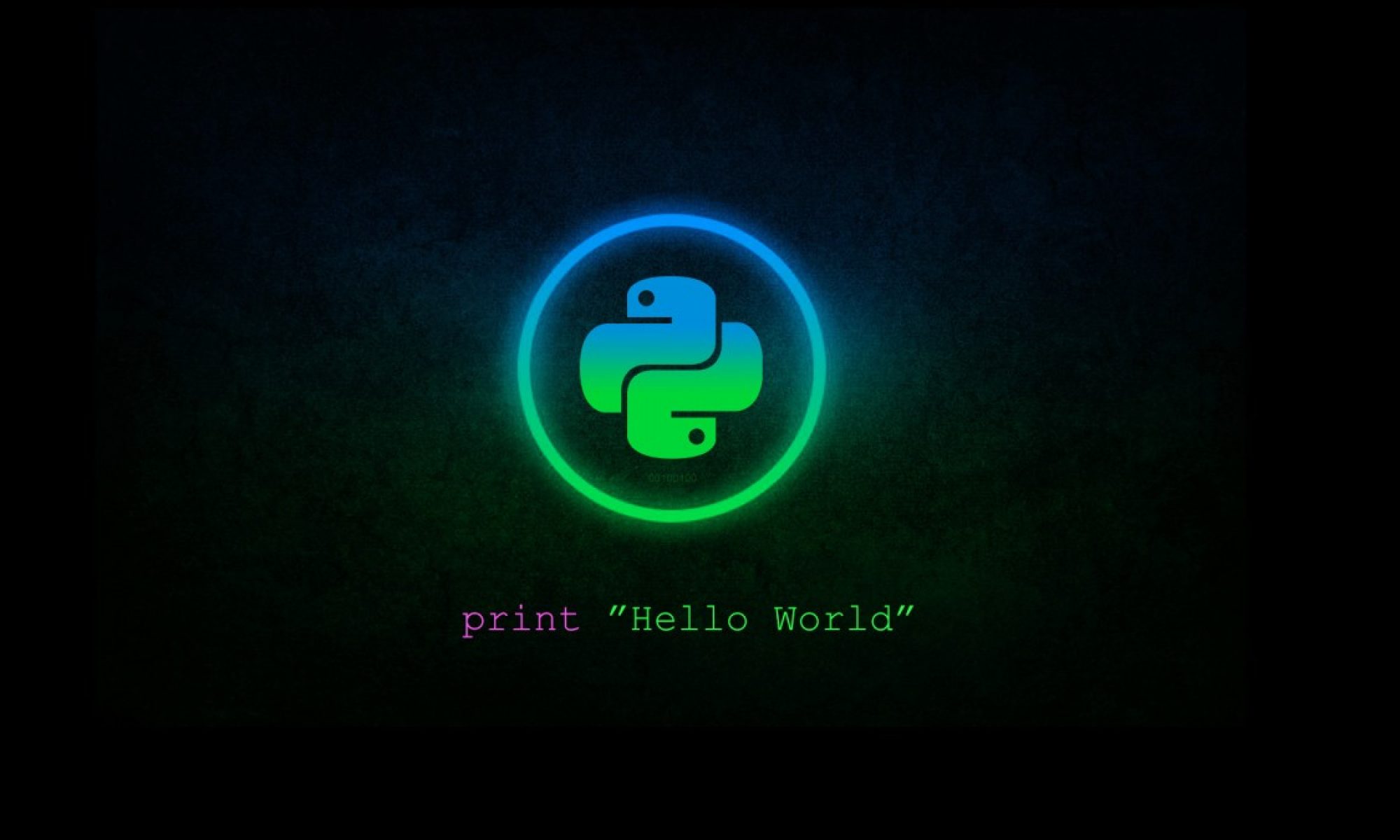| Week | Lecture (Mondays) | Lab | Homework (Due on Sunday Night) |
|
1 |
Introduction: Syllabus, objectives, academic integrity, and policies.
Lecture 1: Chapter 1 Introduction to Computers and Programming (Part I)
|
Lab 1: Book exercise 3 (Decimal to binary) | Homework 1: Chapter 1 exercise 4 (Binary to decimal)
Read Chapter 1 sections 1.4 to 1.5 and Watch this video |
|
2 |
Lecture 2: Chapter 1 Introduction to Computers and Programming (Part II)
|
Lab 2: Chapter 1 exercises 1 (Python Interpreter) and 2 (Interact with IDLE)
|
Homework 2: Answer chapter 1 review questions: Multiple choice 1 to 20
Read Chapter Two Sections 2.1 to 2.5 |
|
3
|
Quiz 1: Chapter 1
Lecture 3: Chapter 2 Input processing and output (Part I)
|
Sample Code Here
Lab 3: Chapter 2 Algorithm workbench exercises 5 to 9 Help Resource: Formatting Text in Python 3 |
Homework 3: Chapter 2 Programming exercise 1 (Personal information) |
|
4 |
Lecture 4: Chapter 2 Input processing and output (Part II)
|
Lab 4: Chapter 2 Programming exercises 2 (Sales prediction), 3 (Land calculation), and 4 (Total purchase)
|
Homework 4: Chapter 2 Programming exercises 8 (Tip, tax, and total), 10 (Ingredient adjuster) |
|
5 |
Quiz 2: Chapter 2
Lecture 5: Chapter 3 Decision structures and Boolean logic (Part I)
|
Lab 5: Chapter 3 Algorithm workbench exercises 1 to 4
|
Homework 5: Chapter 3 Programming exercise 1 (Day of the week) |
|
6 |
Lecture 6: Chapter 3 Decision structures and Boolean logic (Part II)
|
Lab 6: Chapter 3 Algorithm workbench exercises 5 to 7
|
Homework 6: Chapter 3 Programming exercises 2 (Areas of rectangles) and 3 (Age classifier) |
|
7 |
Lecture 7: Chapter 3 Decision structures and Boolean logic (Part III)
|
Lab 7: Chapter 3 Programming exercises 4 (Roman numerals) and 13 (Shipping charges) | Homework 7: Chapter 2 Programming exercise 11 (Book club points) |
|
8 |
Quiz 3: Chapter 3
Lecture 8: Chapter 4 Repetition Structures (Part I)
|
Lab 8: Chapter 4 Algorithm workbench exercises 1 and 2
|
Homework 8: Chapter 4 Programming exercise 1 (Bug Collector) and 8 (Sum of Numbers) |
|
9 |
Lecture 9: Chapter 4 Repetition Structures (Part II)
|
Lab 9: Chapter 4 Algorithm workbench exercises 3 and 4
|
Homework 9: Chapter 4 Programming exercise 9 (Ocean Levels) and 12 (Calculating the Factorial) |
|
10 |
Lecture 10: Chapter 4 Repetition Structures (Part III)
|
Lab 10: Chapter 4 Algorithm workbench exercises 5, 6, and 7
|
Homework 10: Chapter 4 Programming exercise 13 (Population) |
|
11 |
Quiz 4: Chapter 4
Lecture 11: Chapter 5 Functions (Part I)
|
Lab 11: Chapter 5 Algorithm workbench exercises 1 to 5
|
Homework 11: Chapter 5 Programming exercise 1 (Kilometer Converter) and 4 (Automobile Costs) |
|
12 |
Lecture 12: Chapter 5 Functions (Part II)
|
Lab 12: Chapter 5 Algorithm workbench exercises 6 to 10
|
Homework 12: Chapter 5 Programming exercises 10 (Feet to inches) and 12 (Maximum of Two Values) |
|
13 |
Quiz 5: Chapter 5
Lecture 13: Chapter 7 Lists and Chapter 8 More about strings
|
Lab 13: Chapter 7 Algorithm workbench exercises 1, 2, 3, 6, and 7
|
Homework 13: Chapter 7 Programming exercises 2 (Lottery Number Generator) and 3 (Rainfall Statistics) |
|
14 |
Quiz 6: Chapter 7
Lecture 14: Logic gates and binary system (link to EMT1250)
|
Lab 14: Logic Lab Simulator
|
Homework 14: Study for final exam |
|
15 |
Final Exam |

EMT1111 Logic and Problem Solving
Computer Engineering Technology | Fall 2020 | Official


